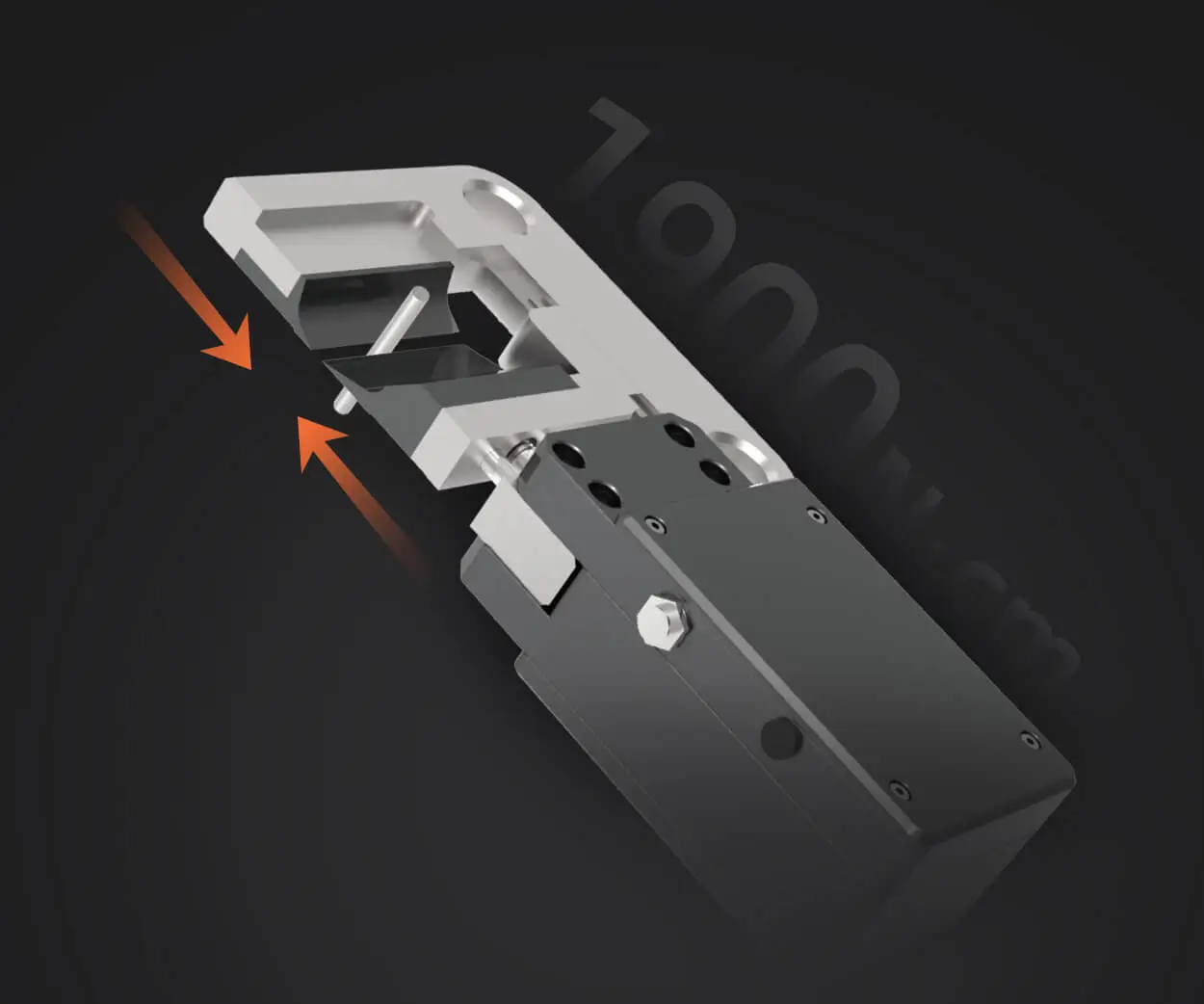Imagine you're tinkering in your workshop, eyes glued to your Arduino board, dreaming up your latest project. You’ve got your servo motor on the table—small, unassuming, but capable of so much. Turning a simple signal into smooth, precise movements — that’s the beauty of a servo. Now, how do you make that magic happen? Well, it’s surprisingly straightforward once you wrap your head around a few basics.

First things first, connecting the servo to an Arduino isn’t rocket science. Typically, the servo has three wires: power, ground, and signal. Power goes to the 5V pin, ground to GND, and the signal line connects to one of the digital pins—say, pin 9? Easy enough. But don’t just toss it in without thinking. Make sure your power supply can handle the servo’s current needs; if you’re planning to run multiple servos, a dedicated power source becomes almost mandatory. Nothing kills a project faster than undervolting components because the power supply isn’t up to snuff.
Once physically connected, it’s about writing code that tells the servo what to do. Here’s where the fun kicks in. Using the Arduino IDE, you just include the Servo library—no fuss, no complicated setup. You create a servo object, attach it to the pin you’ve wired up, and then tell it to move to specific angles. Imagine this: you program it to sweep from 0 degrees all the way to 180, then back again. It’s like choreographing a tiny robot dancer that reacts to your code.
But wait—what about safety? If the servo is under load, or if it suddenly gets stuck, what happens? That’s where you need to keep an eye on the movement, maybe with some sensor feedback—an encoder, perhaps. It’s not just about making things move; it’s about making them move reliably, smoothly, and predictably.
Some common questions pop up—what about power consumption? Servos draw quite a bit of current when under load, so deploying a power supply that can handle peaks is smart. How about compatibility? Right, most standard servos work fine with Arduino, but check the datasheet if you’re eyeing something exotic.
Think about customizing your project—maybe a robotic arm, a camera slider, or even a tiny windmill. The servo is the key to adding a lot of motion with very little complexity. Once you see that tiny motor responding precisely to your commands, it’s a game changer.
People often ask, "Can I control multiple servos at once?" Absolutely. Just assign each to a different pin and manage them within your code. It’s like conducting an orchestra, each servo a different instrument—if you get the timing right.
Getting this setup right opens up a world of possibilities. It’s about turning simple commands into something you can see, touch, and manipulate. The process might seem small, but the creative potential? That’s enormous. With a little patience, some tinkering, and the right components, you’ll be steering your projects toward new horizons—just like that.
Established in 2005, Kpower has been dedicated to a professional compact motion unit manufacturer, headquartered in Dongguan, Guangdong Province, China. Leveraging innovations in modular drive technology, Kpower integrates high-performance motors, precision reducers, and multi-protocol control systems to provide efficient and customized smart drive system solutions. Kpower has delivered professional drive system solutions to over 500 enterprise clients globally with products covering various fields such as Smart Home Systems, Automatic Electronics, Robotics, Precision Agriculture, Drones, and Industrial Automation.




































